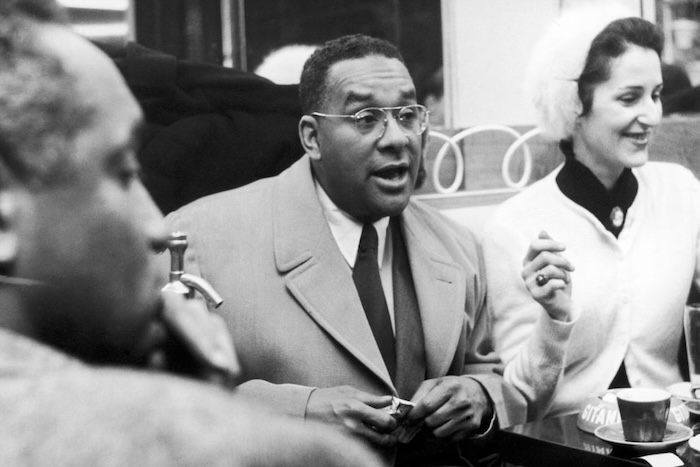
Searching for Bigger: Where is the Black Working Class in Contemporary Literary Fiction?
A century ago, Claude McKay published Home to Harlem, a novel narrating Black working-class experiences in the eponymous Black Mecca in the aftermath of the First World War. Home to Harlem is considered to be one of the first successful Black novels and was a seminal text of the Harlem Renaissance. W.E.B. Du Bois hated it. Du Bois wrote after reading the novel that “after the dirtier parts of its filth I feel distinctly like taking a bath.” The reality is that Du Bois saw novels that depicted the lives of Harlem in the streets, brothels, the shipyards and the cabarets as fantastical and catering to a white audience. This couldn’t be further from the truth. In reality, McKay was an immigrant writer from Jamaica who worked as a waiter in various establishments to earn his living, having dropped out of the Tuskegee Institute. Jazz, sex and blues are common in the novel because jazz, sex and blues were common in Harlem despite how it may have ruffled some conservative Black folks’ feathers. His novel focuses on two Black male characters in the interwar period encountering a racist society and the violence of working-class life in Harlem.

